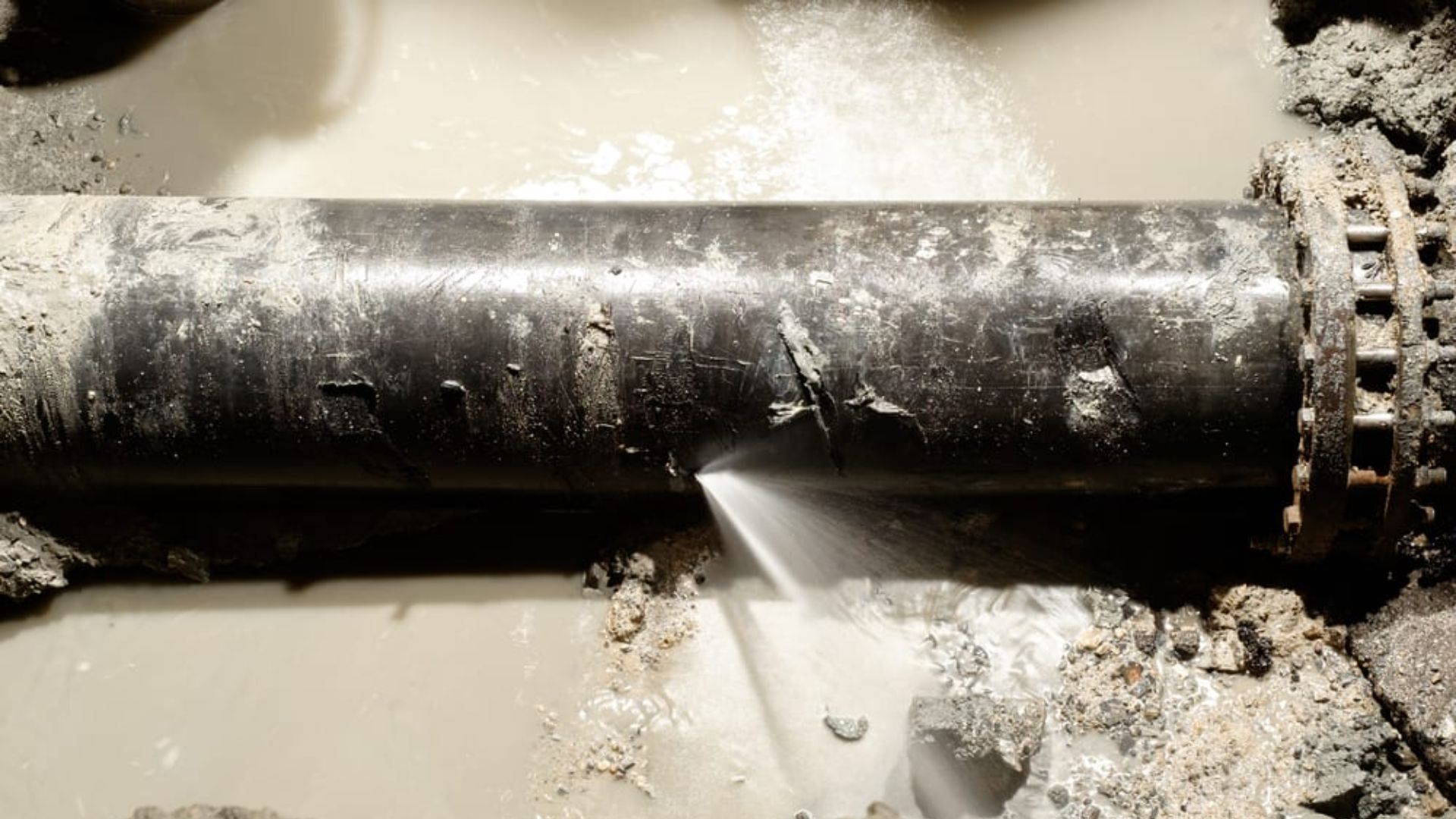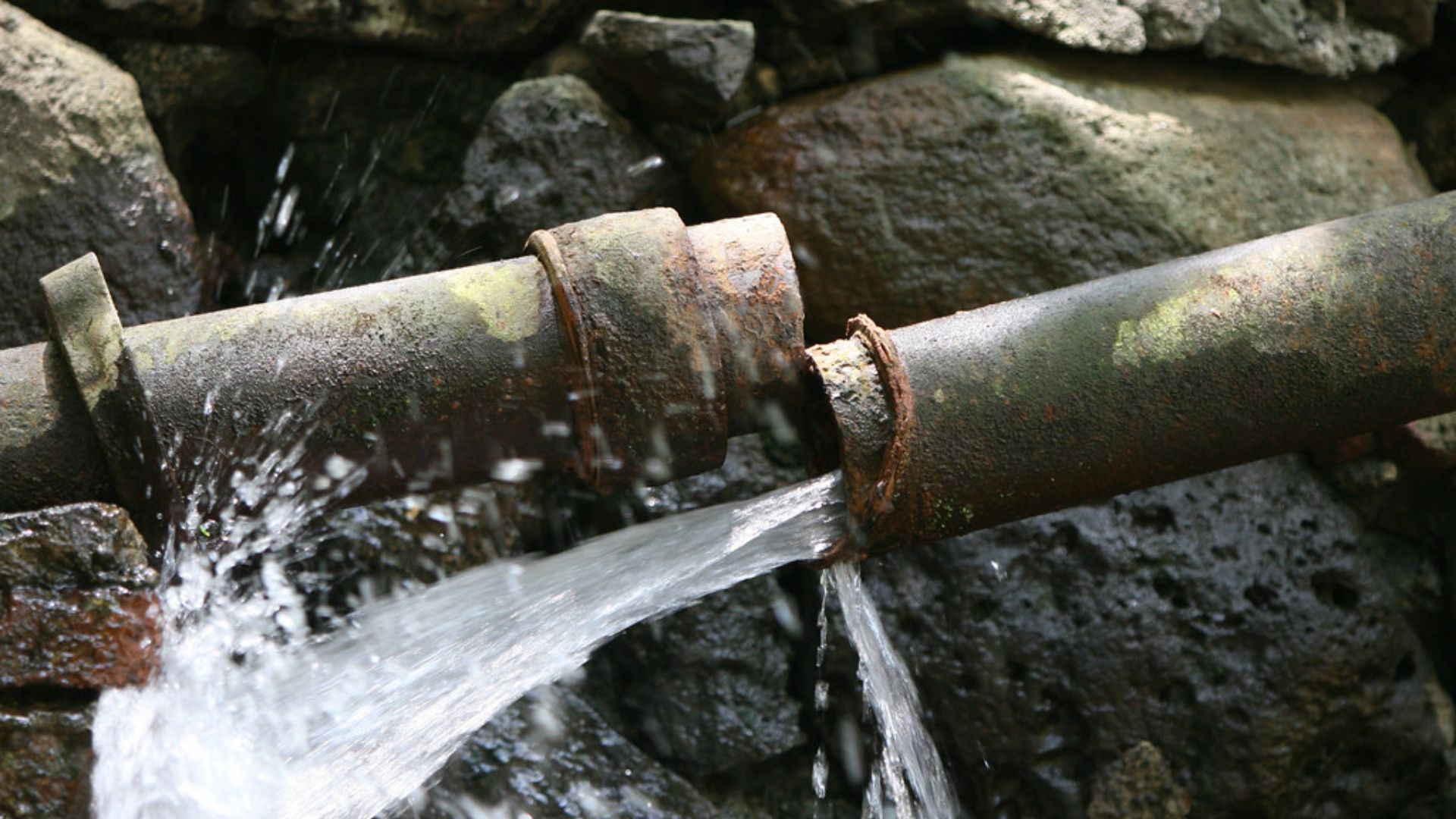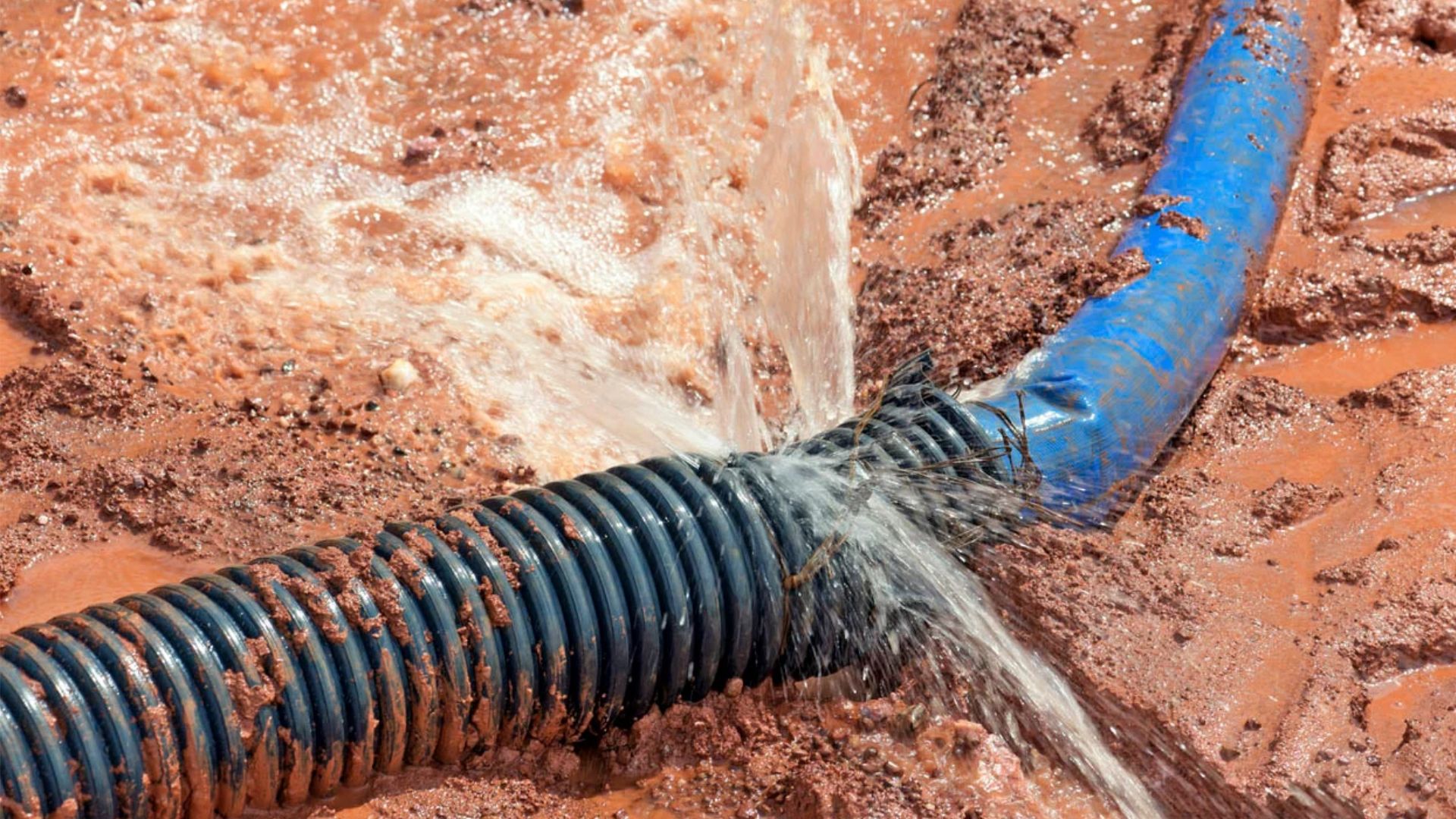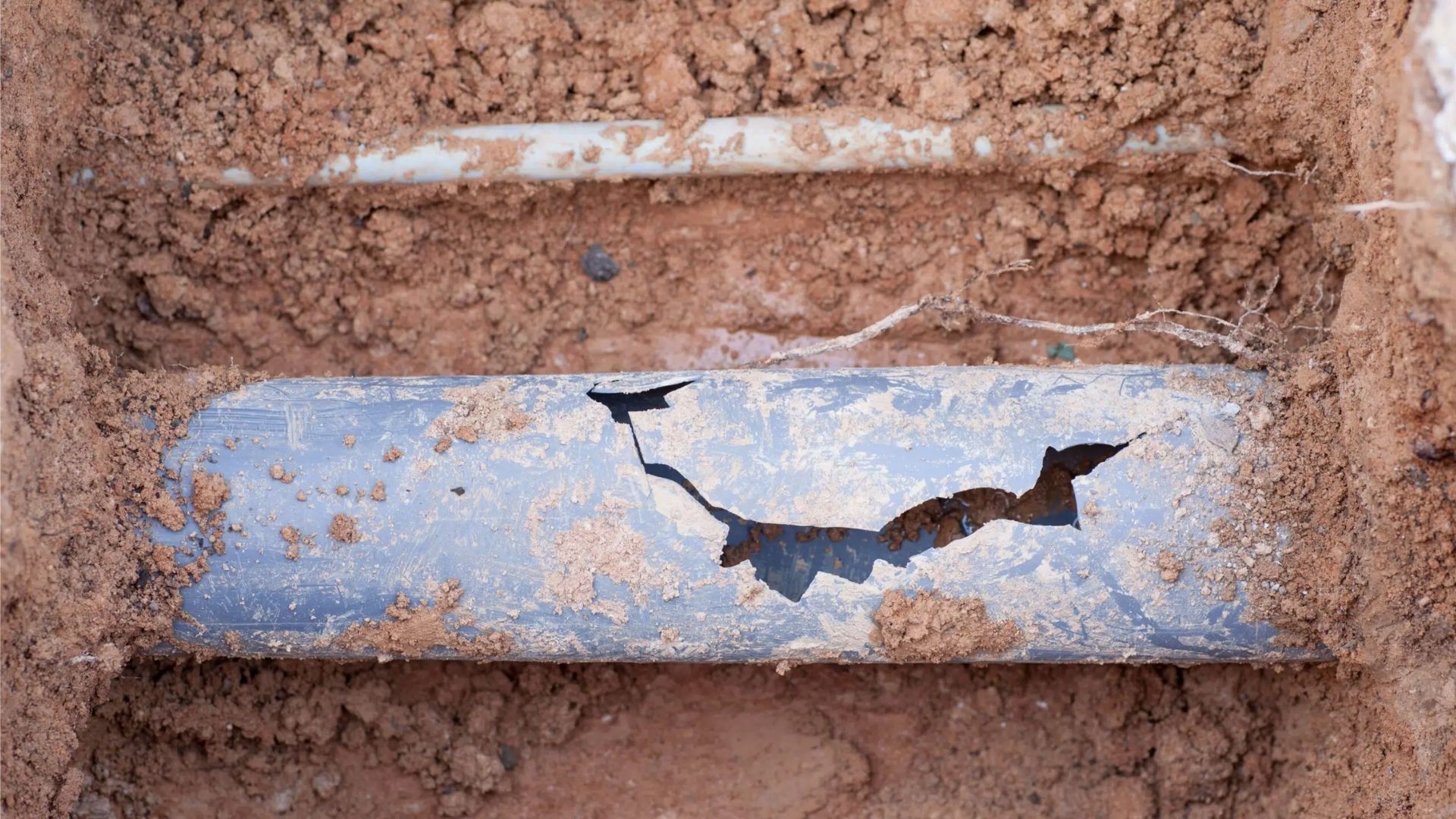
Your plumbing system is vital for effectively carrying liquid waste out of a home or building. However, pipes buried underground are susceptible to damage from water pressure, tree roots, and age. Over time, cracks and issues can develop, impacting the pipe’s structural integrity and ability to function correctly. Left unaddressed, such problems will likely worsen, potentially leading to costly repairs or full replacements of the compromised pipes.
Fortunately, pipe relining provides an efficient and cost-effective solution for restoring pipes affected by deterioration or damage. By inserting a new liner inside old pipes, the relining process renews the interior surface, sealing any cracks and returning the pipes to a like-new condition. This allows the plumbing system to continue operating smoothly for years to come. For homeowners and building owners, recognising tell-tale signs that pipes may need relining can help address issues proactively to avoid expensive repairs.
This guide identifies common signs that pipe relining may be required. It also provides an overview of the process and explains how relining delivers significant long-term benefits compared to traditional pipe replacement methods. With this knowledge, property owners can make informed choices about proactive pipe maintenance and restoration.
Understanding Pipe Relining
The Relining Process
Pipe relining involves the installation of a new pipe interior without excavation. Specialist contractors first inspect pipes using cameras to assess conditions. The existing pipe is then cleaned and prepared. For small-diameter pipes, the new liner is a flexible felt or composite tube impregnated with thermosetting resin. Larger pipes use rigid plastic or fibreglass liners.
The liner is inserted into the host pipe by inversion or pulling it through with a winching system. Air pressure is applied to the space between the liner and pipe, forcing the liner into all bends and irregularities to ensure a tight fit. Then, heated water or steam is circulated within the liner, causing the resin to melt and cure as it cools. This fuses the liner to match the inner wall contour and become structurally independent.

What Are The Key Benefits?
Relining offers several key benefits. As no excavation is required, it causes minimal disruption to landscaping, driveways or traffic. The process also takes less time, often just 1-3 days to complete. With no need for extensive equipment access, it costs significantly less than traditional replacement, which can involve permits, heavy machinery and crews. The cured liner becomes a like-new, impermeable pipe able to withstand soil and hydrostatic pressures for 50-100 years. Its smooth bore resists build-up, and breaks or cracks are sealed, restoring full flow capacity.
Signs that Indicate Pipe Relining Needs

Persistent Blockages and Slow Drains
Over time, accumulated debris and minerals can adhere inside damaged pipes, causing clogs. Corroded or cracked pipe interiors also trap debris that prevents proper drainage. Homeowners may notice sinks or tubs taking longer than usual to drain or blockages occurring more frequently in the same areas. This could indicate underlying pipe deterioration requiring relining.
Foul Odours and Sewage Smells
Foul odours inside homes or buildings often signal defective drainage systems. Cracked or corroded pipes allow sewer gases like hydrogen sulphide and methane to seep through walls and rise through drains. Homeowners may have bad smells coming from drains, especially after showering. Pipe relining can seal problem areas and eliminate odours at their source.
Water Leaks and Damage
Leaks inside walls, on ceilings or near foundations could mean damaged water or drainage pipes are to blame. Over time, persistent leaks can cause mould growth and structural issues if untreated. Pinpointing damp areas and hiring a plumber for inspections can identify pipes needing rehabilitation through relining.
Tree Root Intrusion
Tree roots are notorious for infiltrating drainage systems seeking water. They can enter through small cracks, joints or imperfect seals. Roots clog pipes over time, potentially collapsing them. Recurring blockages and odd gurgling noises from drains, especially near trees, point to potential root damage addressable via relining.
Professional Assessments and Inspections
The best way to accurately determine the condition of buried pipes is through a closed-circuit television (CCTV) inspection. Licensed plumbers use specialised cameras on flexible cables or rods to visually inspect the pipe interior without excavation. High-definition cameras clearly show any cracks, joint separations, debris or intrusions. This helps pinpoint the precise issues to be addressed through relining.

Other non-invasive methods help evaluate pipe integrity. Pipe listening devices can detect fluid noises indicating flow restrictions from cracks or joins. Laser profiling measures inner pipe dimensions to quantify any distortions from ground movement. Electroscan tools employ an electrolytic process to locate breaks or thin spots in walls. Together with CCTV, these tools provide a comprehensive condition report to guide the best rehabilitation solution.
Armed with inspection findings, experienced plumbers can recommend the most suitable maintenance approach. They understand when pipe damage warrants short-term repairs versus long-term solutions like relining. Consulting the experts facilitates an informed decision on best addressing issues proactively before more costly complications arise down the road. Their expertise helps property owners maximise the lifespan of their drainage infrastructure.
How Pipe Relining Can Renew Your Drainage System
As plumbing ages underground, damage from normal wear and environmental factors is inevitable. While some signs of deterioration may seem minor, ignoring problems can allow increased corrosion and expensive complications over time. Awareness of common indicators that pipe relining may be required helps homeowners address issues before they worsen.
For an accurate assessment of any pipes showing concerning symptoms, it’s best to consult with licensed plumbing professionals experienced in evaluating drainage systems. Through non-invasive inspections using specialised tools, they can pinpoint precisely where relining or other rehabilitation solutions are advisable.
The Brisbane Plumbers provide reliable plumbing and drain services across Brisbane. Their certified technicians are fully trained in conducting closed-circuit TV inspections and implementing all pipe relining work.
Contact The Brisbane Plumbers today to inquire about a free consultation or quote. Our team of experts can assess your drainage system needs and determine the best options for long-lasting protection and performance.
Do You Need Pipe Relining? - FAQs
How can I check the condition of my pipes without tearing up my yard?
Licensed plumbers can perform a closed-circuit television (CCTV) inspection to examine pipes from the inside without excavation. CCTV cameras are inserted into pipes to provide a clear visual of any cracks, tree roots, or deterioration.
What are some common signs that indicate relining may be needed?
Slow drains, foul odours, visible leaks, recurring blockages in the same areas, and gurgling noises near tree roots are all potential signs of pipe damage that could require relining.
At what point do minor issues warrant relining over other repairs?
If inspections reveal multiple problems or the damage is extensive, relining may provide a better long-term solution than patchwork repairs. Experienced plumbers can assess whether issues have progressed too far for simple fixes.
How long do relined pipes typically last?
When installed properly by qualified professionals, relined pipes can withstand pressures and soil stresses for 50-100 years – virtually doubling or tripling the lifespan of the original pipes.
Is relining less disruptive than replacing pipes?
Yes, relining avoids the costs and hassles of excavation since existing pipes remain intact. The process causes minimal disruption to landscaping and driveways compared to traditional replacement methods.
